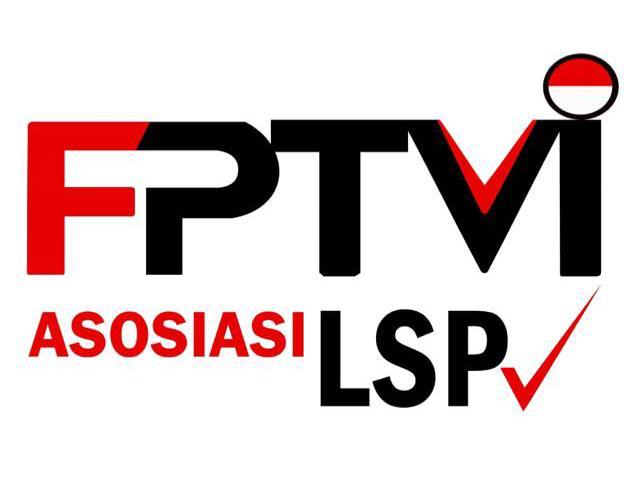Searching the Correct and Appropriate Deterrence Function General Formula for Calculating Gravity Trip Distribution Model
Abstract
Trip Distribution Model is a very important part of Transport Modeling. This is a result of a mathematical operation among Trip Generation, Generalized Cost Matrix, and Deterrence Function. Thus, it can be understood easily that having a correct and appropriate Deterrence Function Formula is important. Here, correct means that the curve form is in concordance with typical Trip Length Distribution pattern. While, appropriate means that the function is easy to be manipulated in getting a good conformity with the Trip Length Distribution. Three Deterrence Function types, i.e. negative power, negative exponential, and Tanner, were investigated. The investigation was done upon Negative Power Function, Negative Exponential Function and 4 combinations of Tanner Function. The research result indicates that the Negative Power and the Negative Exponential are correct. While, among the four Tanner Function combinations, the correct ones are only the Tanner Function – Negative Power Negative Exponential and the Tanner Function – Positive Power Negative Exponential. The correct and appropriate Deterrence Functions are the above four Basic Functions multiply by a Constant.
Keywords
Full Text:
PDFReferences
Ofyar Z. Tamin (2008). Perencanaan, Pemodelan dan Rekayasa Transportasi – Teori, Aplikasi dan Contoh Soal. Penerbit ITB. Bandung.
J.D. Ortuzar & L.G. Willumsen (2011). Modelling Transport. 4th Edition. John Wiley and Sons. Chichester.
Hitapriya Suprayitno (1999). “Metoda Pemodelan Kebutuhan Angkutan Barang Perkotaan – Kasus Kota Surabaya”. Simposium II FSTPT, 2 Desember 1999. Surabaya.
Hitapriya Suprayitno (2015). “Penyusunan Metoda Perhitungan Model Distribusi Perjalanan Berbasis Data Volume Lalu Lintas pada Kasus Pembebanan All-or-Nothing”. Seminar Nasional Aplikasi Teknik Prasarana Wilayah 2015. Surabaya.
H. Suprayitno & V.A. Upa (2017). “Special Conventional Transport Model for a New BRT Line Passenger Demand Prediction”. Journal of Technology and Social Sciences, Vol. 3, No. 1, pp 10-18, 2017.
Nobertus D.P. Praditya (2017). Pemodelan Transportasi Moda Sepeda Motor Kota Samarinda Untuk Tahun 2016. Tesis Magister MRT. Jurusan Teknik Sipil. Institut Teknologi Sepuluh Nopember (ITS). Surabaya.
Verdy Ananda Upa, (2017). “Perhitungan Jumlah Permintaan Potensial Bus Rapid Transit (BRT) Mamminasata Koridor 1 dengan menggunakan Special Conventional Transport Model”. Tesis Magister. Jurusan Teknik Sipil. Institut Teknologi Sepuluh Nopember (ITS). Surabaya.
J. Gupta & N.H. Shah (2012). "Origin-Destination Transportation Models: Method”. International Journal of Mathematical Science and Applications, Vol. 2, No. 2, May 2012, pp : 819-825.
P. Glenn, I. Thorsen & J. Uboe (2011). “Some Theoretical Aspects of Distance Deterrence Function in Modeling Journeys to Work”. Working Paper. Stord/Haugesund College. Haugesund.
Alireza Rasouli (2018). Calibrating the Distance – Deterrence Function for the Perth Metropolitan Area. Thesis for the Degree of Doctor of Philosophy. Curtin University.
John Shrewsbury (2012). “Calibration of Trip Distribution by Generalized Linear Models”. NZ Agency Research Report 473 – February 2012. University of Canterbury.
N.J. Evans & J. Pooler (1987). “Distance Deterrence Effect In Constrained Spatial Interaction Models of Provincial Migration”. Canadian Journal of Regional Science, Vol. 3, Autumn 1987, pp. 259-279.
H. Suprayitno, V. Ratnasari & N. Saraswati (2018). “Behavior of Trip Length Distribution Pattern due to the Variation of Trip Length Interval Determination”. IPTEK Journal of Engineering, Vol. 4 No. 1, March 2018.
D.F. Pearson, V.G. Stover & J.D. Benson (1974). A Procedure for Estimation of Trip Length Frequency Distributions. Research Report No. 17-1. Texas Transportation Institute. Texas A&M University. Texas.
H. Suprayitno, V. Saraswati & C.P. Fajrinia (2016). “Developing a Method for Measuring the Quality of a Sample Based Trip Length Distribution for Urban Trip”. REKATS – Rekayasa Teknik Sipil Vol.3 No.3, 2016.
H. Suprayitno, V. Ratnasari & N. Saraswati (2017). “Experiment Design for Determining the Minimum Sample Size for Developing Sample Based Trip Length Distribution”. IOP Conferences Series : Material Science and Engineering, Vol. 267 (1), 012029.
Esri (2018). ArcMap 10.3 – Tools > Tools Reference > Data Management Toolbox > Raster Toolset > Raster Data Toolset > Raster Data Sets Tools Concepts. Esri.
DOI: http://dx.doi.org/10.12962%2Fj23378557.v4i3.a3762
Refbacks
- There are currently no refbacks.
This work is licensed under a Creative Commons Attribution 4.0 International License. IPTEK The Journal of Engineering published by Pusat Publikasi Ilmiah, Institut Teknologi Sepuluh Nopember.
Please contact us for order or further information at: email: iptek.joe[at]gmail.com Fax/Telp: 031 5992945. Editorial Office Address: Pusat Riset Building 6th floor, ITS Campus, Sukolilo, Surabaya 60111, Indonesia.








